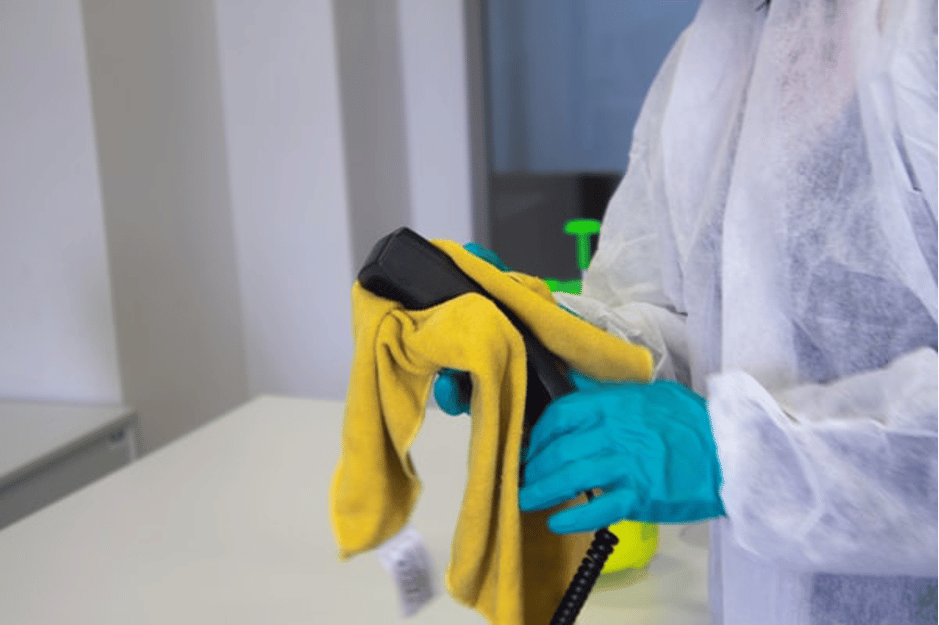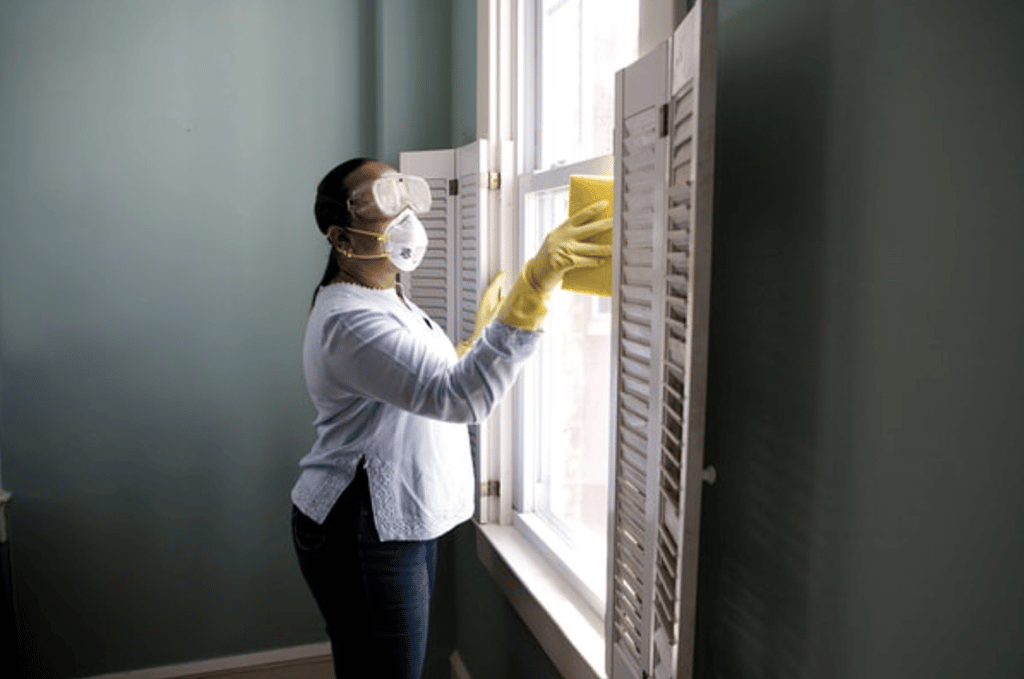If you or a loved one are admitted to the hospital, you may be worried about contracting an infection while you’re there. Luckily, there are some things you can do to help protect yourself. In this article, we’ll explain proper hospital infection control and why disinfecting your hospital room is so important. Keep reading to learn more.
Preventing the spread of infections is a crucial part of patient care.
According to the Centers for Disease Control and Prevention (CDC), hospital-acquired infections (HAIs) are a serious public health problem. Each year, about two million people in the United States get HAIs, and nearly 100,000 of them die as a result. A wide variety of germs can cause HAIs, including bacteria, viruses, and fungi. Some of the most common types of HAIs include pneumonia, urinary tract infections, bloodstream infections, and surgical site infections.
There are many ways to prevent HAIs, including good hand hygiene practices, using disinfectants correctly, and proper sterilization techniques. We’ll explore these infection prevention tactics in more detail below.
Choose the right disinfectant.
The first step is to identify the areas in your room that need to be disinfected. The CDC recommends focusing on high-touch surfaces such as bed rails, door knobs, call buttons, light switches, toilets, and sinks. It is also important to disinfect frequently touched surfaces such as countertops and tabletops.
There are many different ways to disinfect surfaces in a hospital room. One common way is to use a hospital-grade disinfectant. These products are typically used by hospitals because they have been proven to be effective at killing bacteria and other pathogens. Hospital-grade disinfectants can be purchased over the counter, or they may be available through your hospital’s infection control department.
Another way to disinfect surfaces in a hospital room is to use bleach. Bleach is a powerful disinfectant that can kill many types of bacteria and viruses. However, it can also be harmful if not used correctly. It is important to read the product label carefully before using bleach, and always wear gloves and safety goggles when working with this chemical.
Ensure that all equipment in the room is properly disinfected.

When it comes to properly disinfecting your hospital room, there are a few key things to keep in mind. First and foremost, all of the equipment in the room must be disinfected according to hospital guidelines. This means that everything from the bed rails to the IV poles must be cleaned and sanitized.
In addition, you will need to clean all of the surfaces in the room, including windows, floors, and walls. It is important to use a bleach-based cleaner for this task, as it is one of the most effective disinfectants available. Finally, make sure to dispose of any trash or dirty linens appropriately. By following these simple steps, you can help ensure that your hospital room is as clean and safe as possible.
Follow these steps to remove bio-hazards.
Bio-hazards are any kind of biological agent that can cause harm to humans. They can be present in several places, including hospitals. To properly disinfect a hospital room and remove any bio-hazards, these steps should be followed:
- Remove all bedding and other materials from the room that cannot be safely disinfected. This includes curtains, carpets, furniture, and anything else that may come into contact with the bio-hazardous material.
- Clean all surfaces in the room with an appropriate disinfectant. This should include walls, floors, ceilings, and any other surface that may have come into contact with the bio-hazardous material.
- Safely dispose of all contaminated materials. This includes bedding, curtains, furniture, etc. Make sure to follow all safety precautions when handling these items.
Once the bio-hazards have been removed and the surfaces have been disinfected, it’s important to leave the room empty for at least an hour so that it can air out properly.
